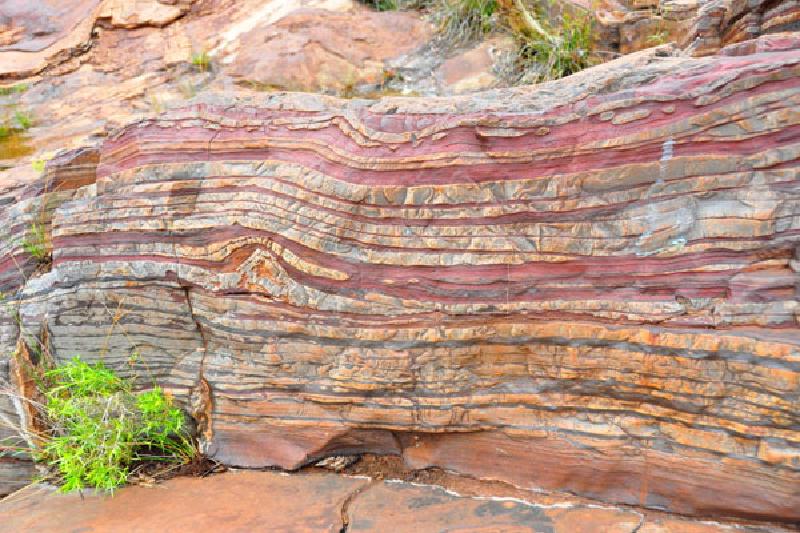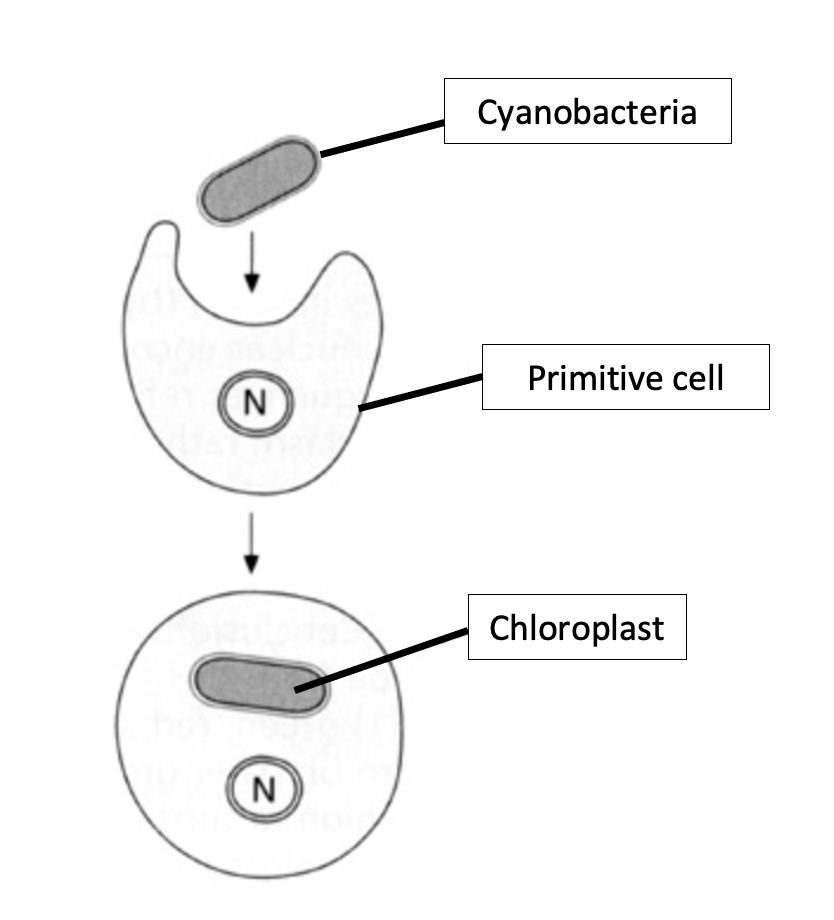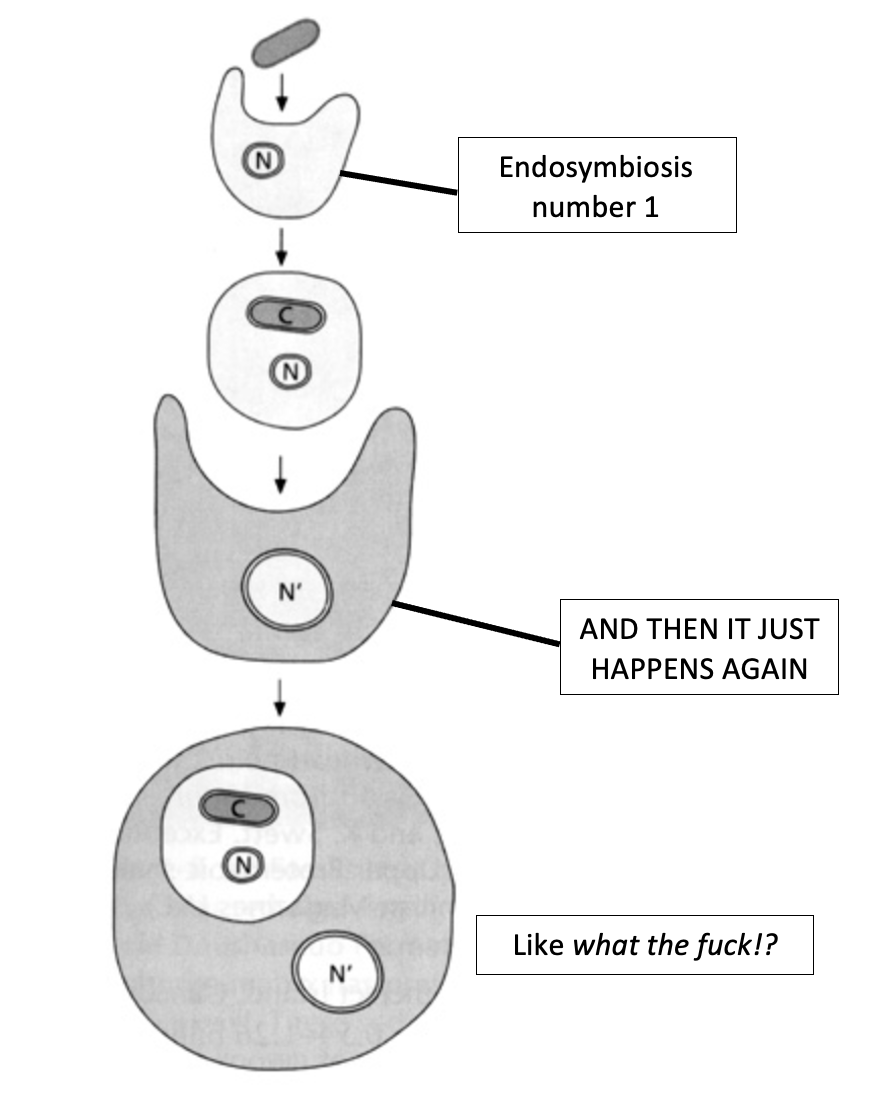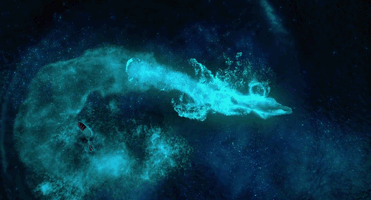Howdy there,
Welcome to another Daily Fun Fact From Flora.
Today we are going to continue along our calendar year of the Earth’s history. If you remember last time — we were at the beginning of life on the 25th of February. Well now let’s zoom ahead to the 28th March when photosynthesis first appeared on Earth.
This is equivalent to about 2.7 billion years ago.
Photosynthesis first appeared in the sea. Remember, all life begins in the sea. Nothing lives on land until November of our calendar year (kind of mental really sharks are older than trees think about that !
The first things that could photosynthesise were the great, great, great grandparents of what we now call cyanobacteria.
These guys probably started off using hydrogen sulfide instead of water to act as an electron donorfor the chemical reactions of photosynthesis. This is known as anoxic photosynthesis , because it doesn’t produce oxygen at the end.
The equation is pretty much the same as normal photosynthesis but you just replace the O of H2O with an S to make hydrogen sulfide which is H2S. That means at the end instead of getting nice oxygen gas — you get sulphur.
Not so ideal for life.
But then the sulfide levels started to go down as it all got used up and so these early little photosynthesisers started to use water instead. That produced oxygen.
Now we can’t get all excited just yet. It took a LONG ASS TIME for the oxygen to accumulate in the atmosphere. This is because as soon as any oxygen was created it reacted spontaneously with the iron minerals that were out in the ocean.
This forms iron oxide which is not so good at dissolving in water, so it settles down to the bottom of the ocean. We can see this change in the fossil record of these sedimentary rocks.
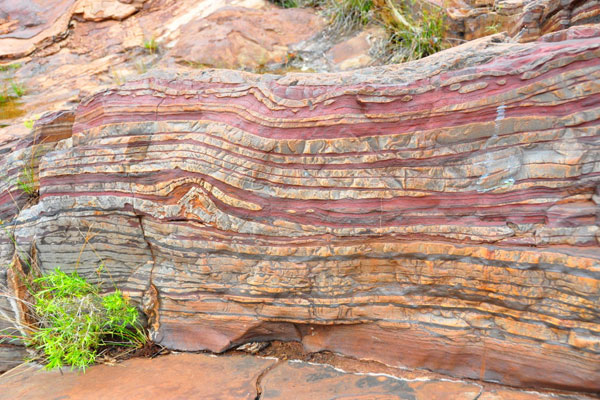
These are some sexy banded iron formations at Karijini National Park in Western Australia. The layers of reddish iron are from oceans poor in oxygen and rich in dissolved iron.
So it was only once all the iron was oxidised that oxygen could start to accumulate in the atmosphere. Once there was enough oxygen in the atmosphere we start to see the ozone layer beginning to develop — which was obviously incredibly important for life.
As we discussed yesterday — UV rays can do baaad things to your body (and any body on land — plant, animals and fungi included) so this lovely protective layer was one of the key reasons that life was able to evolve.
But wait a second. We made a big ol" jump there. How do you just “learn” how to photosynthesise. How do you make that jump?
In order to photosynthesise oxygenically you need some good ol" chloroplasts. These are the little organelles that you find inside the cells photosynthesising organisms and they’re what makes plants green. Or rather, the chlorophyll inside the chloroplasts is what makes them green.
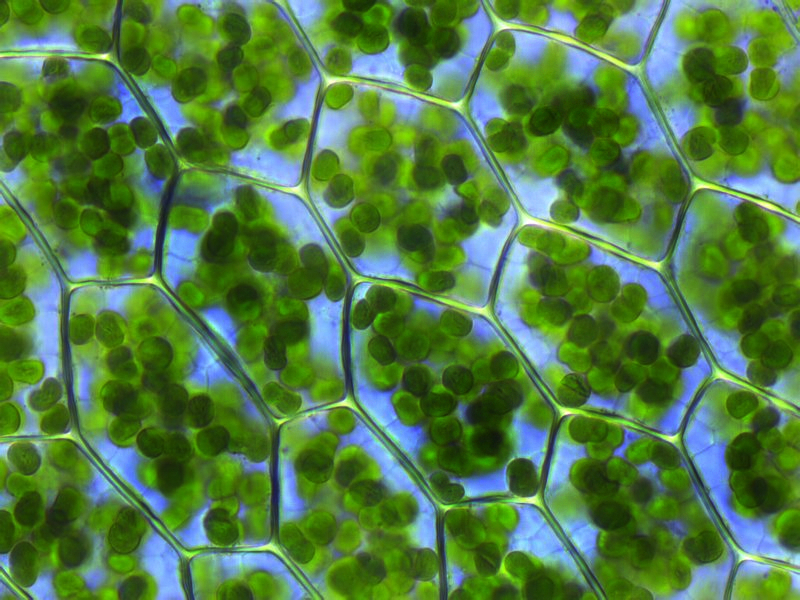
So that leaves us with the question as to where on Earth did these chloroplasts come from ?
This is actually a very cool story.
So what we think happened is that chloroplasts are actually little primitive cyanobacterial cells that were swallowed by other, bigger cells and literally enslaved to do all of the food making.
PRETTY COOL RIGHT?
This is called endosymbiosis (endo = inside). That means that the little cyanobacterial cell can use the energy from sunlight to split water molecules and use that to drive the conversion of CO2 into carbohydrates and oxygen. The big cell then uses those delicious carbohydrates to power all of its cellular processes.
It’s not total slavery though, the big host cell provided some of the more tricky-to-make molecules that the cyanobacterial cell needed.
The reason we think this is the case is that the photosynthesis mechanisms used by cyanobacteria today are really similar to the way that chloroplastswork. ALSO, chloroplasts reproduce asexually , independently of their host cell — which is kind of mad.
Even though it is an organelle within the cell it’s autonomous and will replicate itself whenever it wants to and will not be controlled by no cell.
Strong confident independent chloroplasts.
But what is even crazier is that we think this only happened once in all of evolutionary history.
ONCE. THAT"S IT.
That means that every single plant on this planet of ours can trace its ancestry back to that one cell that swallowed another cell.
There is a potential problem here. What if that chloroplast somehow breaks out of the cell again!? Then the host cell is left without anything to make it lots of lovely carbohydrates.
Well there’s a life hack to be had here. What you see in the history of these chloroplasts is that
genes
get
shunted over into the host cell nucleus
But what is even cooler is that this happened again in what is called a secondary endosymbiosis. That means that another, even bigger cell came along and swallowed a whole plant cell.
Now, you’re not going to believe this but we think it might have then happened again in a tertiary endosymbiosis (it’s nuts). So THAT big daddy host cell got swallowed by a whole DIFFERENT CELL (I know it’s starting to sound like There Was An Old Lady Who Swallowed A Fly but I promise this is real science) who again, kept the handy chloroplasts but got rid of most of the other genes from the other plants. Now I don’t have a diagram long enough for this but I think you get the picture.
This produced some plants that we see today called dinoflagellates (incredible name) and the reason I bring them up is because (link to yesterday’s fact) use bioluminescence!
This is a whale swimming through water full of bioluminescent dinoflagellates:
Have a good one and stay fabulous. Try not to engulf and enslave anyone around you!
Love Flora xxx
